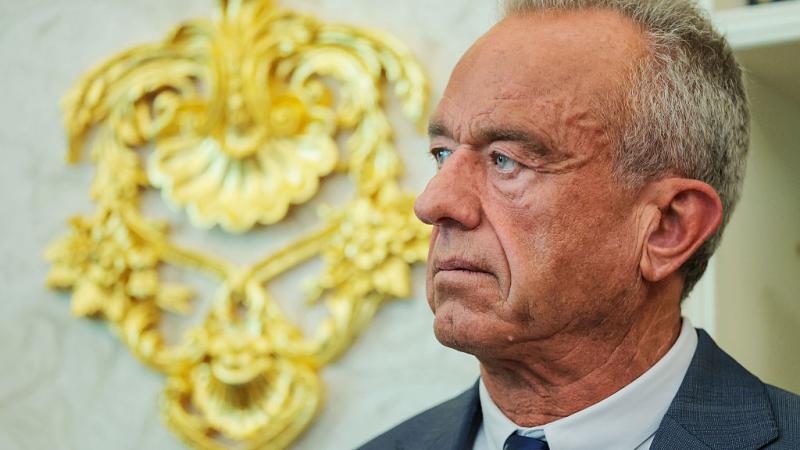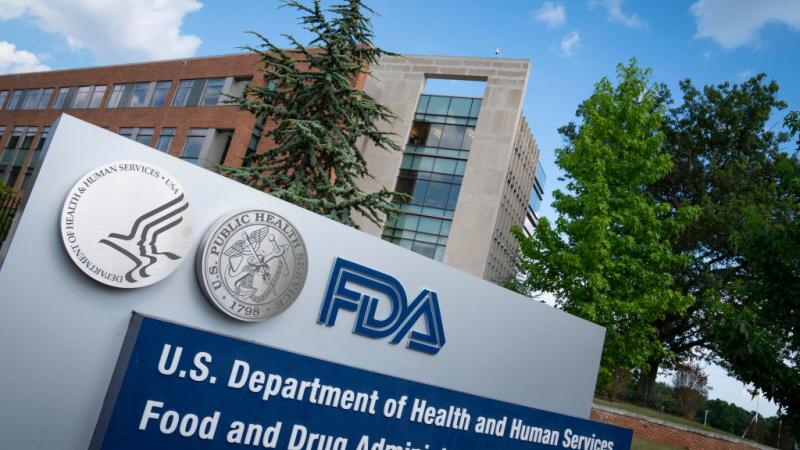One year later: A look back at inaccurate projections that helped drive COVID lockdowns
Experts projected astronomical hospital bed, ventilator usage, but results were much lower.
A year ago the first COVID-19 lockdowns swept across the country, bringing much of the nation to a standstill, creating historically high levels of unemployment, closing schools in some cases for a full year, and confining tens of millions of people to their homes lest close proximity to friends and neighbors help spread the coronavirus.
Much of those decisions — the shutdowns, the capacity limits at grocery stores, the masking orders, the directives for Americans to remain six feet apart at all times even while outdoors — were driven by dire predictions that a massive COVID surge was just around the corner.
Experts and authorities warned that Americans could be hospitalized with the disease in numbers that would overwhelm state hospital capacities, leading to the potential collapse of the medical system and even more fatalities from the resultant fallout.
Yet in many cases the most dire projections from experts turned out to be significantly off-base, and the real data ended up far less grim than was initially modeled. Whether that's because the mitigation measures were so successful or because the modeling was faulty remains unknown and will likely be a topic of study for years.
Still, looking back, it is astonishing how inflated some of the projections were. In mid-March 2020, for instance, New York Democratic Gov. Andrew Cuomo estimated that, based on the epidemiological curve at the time, "in 45 days [the state] could have up to an input of people who need 110,000 beds that compares to our current capacity of 53,000 beds, 37,000 ICU units, ventilators, which compares to a capacity currently of 3,000 ventilators."
According to state data, COVID hospitalizations in the state peaked roughly a month later, coming in at just under 19,000, or at just 17% of Cuomo's earlier estimate. Total ICU COVID patients peaked shortly thereafter at 5,225, or at just 13% of the governor's forecast.
A similar drama played out in California, where Democratic Gov. Gavin Newsom estimated that, on top of its existing 75,000 hospital beds, the state would require "an additional 50,000 beds in our system."
"Our new modeling suggests 50,000 is the new target number," the governor added. Most of that number, he claimed, would come from hospitals using expanded capacity to add additional bedspace.
California data show that the state's current peak in hospitalized patients came in early January of this year and totaled just under 23,000, or less than one third of the state's normal capacity.
In some cases flawed predictions emerged from prestigious university settings. The Institute for Health Metrics and Evaluation at the University of Washington predicted on Mar. 31 of last year that Michigan would see peak COVID-19 hospital usage on Apr. 10, topping out at about 14,000 COVID patients in beds.
Data from the COVID Tracking Project shows that on that date hospitalized patients in the state totaled just over 3,800. That number plummeted in the weeks that followed, and though it rose again during the fall/winter spike, its peak on Dec. 2 was still just 4,300, significantly less than IHME's springtime projection.
And in New Jersey, an analysis out of Rutgers University in mid-March 2020 —one widely cited in media including in the Wall Street Journal — determined that, with about 23,000 hospital beds statewide, the state might face a peak shortfall of over 300,000 beds in a worst-case model positing minimal action to curb the spread of COVID.
Hospital usage, however, peaked in the state on Apr. 16 at 8,224 before falling sharply. During the fall spike, the COVID hospital census there plateaued around 3,600.
The governor's offices of those four states did not responded to queries regarding the projections and to what extent they informed policies on shutdowns, stay-at-home orders and other mitigation measures. Scientists at Rutgers and the IHME also failed to respond to queries.
Many of the lockdown policies of last year arose after the world watched as Italy struggled to cope with a massive surge in COVID patients in the late winter and early spring of 2020. Health authorities in many Western countries warned that, absent drastic and prolonged mitigation measures, many regions would face the same fate as Italy's.
Fears of overwhelmed hospital systems have recurred in many nations around the world over the past year, even as medical industries have in most cases been able to handle the surges in care that have accompanied COVID spikes in the summer and winter.
Hospitalizations in the U.S. peaked in early January at around 125,000, according to the CDC. That number has since dropped to levels about equal with those of late October.
















